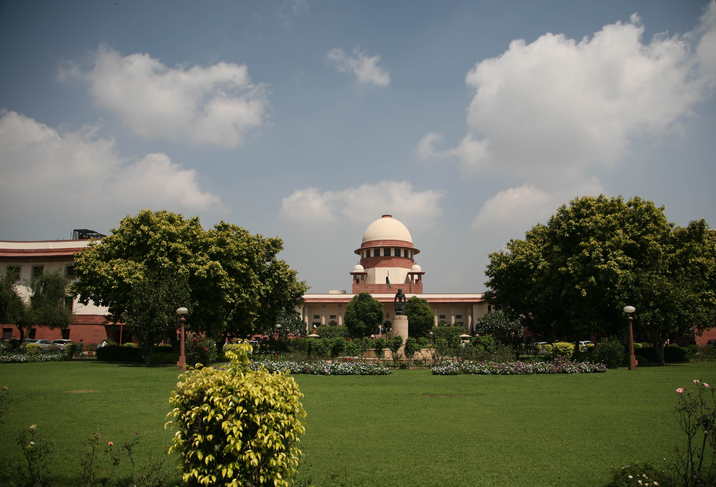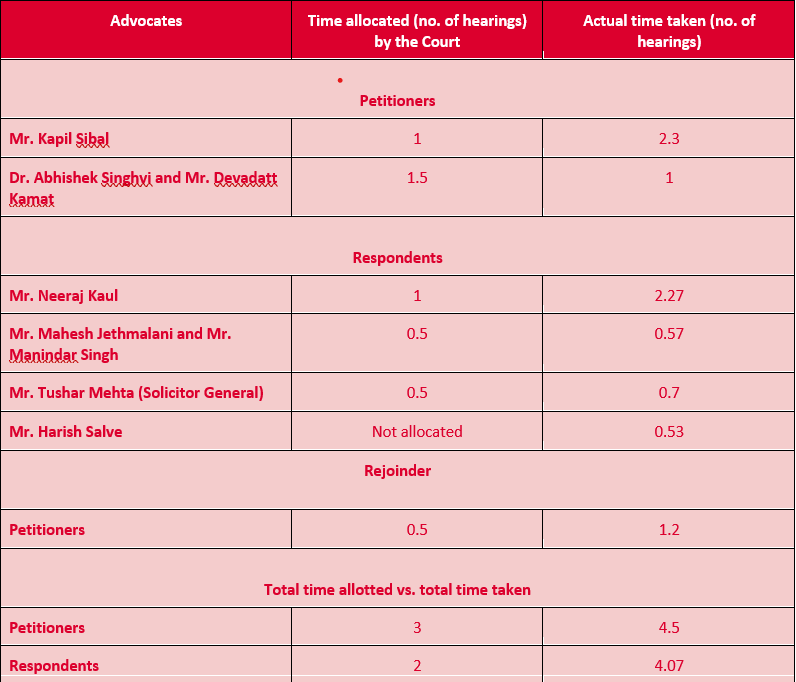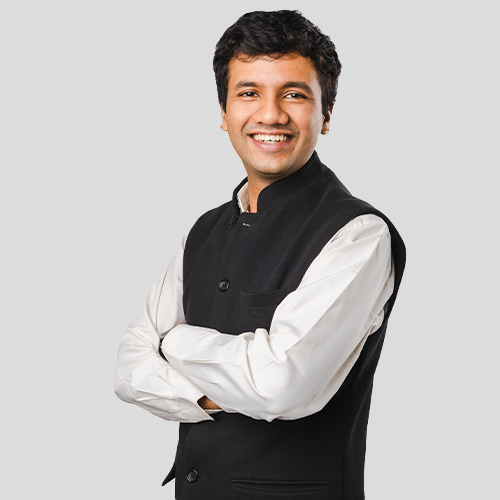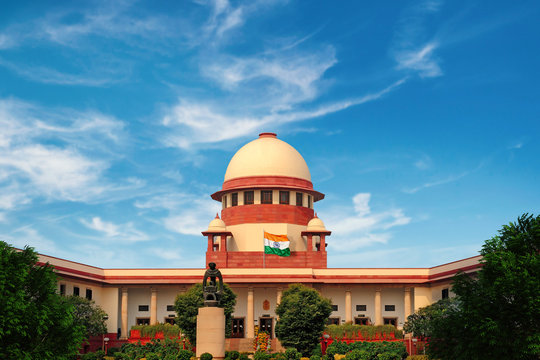
Working Paper I – A framework for Constitution Bench cases
Differentiated Case Management for Indian Judiciary
Introduction
Over the years, several solutions have been advanced to address the intertwined issues of delay and pendency in the Indian judiciary. These solutions, ranging from increasing the number of judges to establishing special or fast track courts, have been primarily geared towards increasing judicial capacity. However, the focus on judicial capacity merely in terms of numbers has largely proven to be ineffective in taming delay. This goes on to show that unlike popular perception, the underlying issue is not just about there being fewer judges or courts than required, but is equally about the lack of frameworks to optimally utilise even the existing judicial resources.
A critical and finite resource is the ‘judicial time’ i.e. the time that the judges have at their disposal to hear the matters in court and apply their mind to decide the cases allocated to them. At present, there is no scientific system that can reasonably accurately determine the time needed for the disposal of a wide variety of cases that enter the judiciary. This is a critical gap that currently prevents the judiciary from ensuring that the judicial time spent on each case is commensurate with its needs. On the contrary, time spent on a case today is often influenced by extraneous factors like the stature of advocates and/ or the preference of judges.
This working paper is a first step in the direction of ensuring that scarce resource in the judiciary – judicial time- is spent optimally. The paper makes a case for the adoption of Differentiated Case Management (DCM) system, a framework premised on the idea that cases have differential requirements and therefore the judicial resources, including judicial time, devoted to them should also be different. The basis of this differential treatment is a scientific assessment of the actual amount of time necessary for the disposal of cases. In this first of a series of working papers, we highlight the issue of protracted Constitution Bench hearings and propose a DCM-based framework for establishing and enforcing scientific timelines for these hearings.
Substantiating the problem
The working paper seeks to substantiate the problem of long-drawn Constitution Bench hearings using the example of the recently concluded case of Subhash Desai v Principal Secretary, Governor of Maharashtra & Others. The time taken by the advocates for their arguments was mapped against the time allocated to them by the court using the live stream footage of the case and can be found in the table below:

An analysis of the livestream and the table above indicates that the prescribed timelines were not followed due to being –
- Unscientific – The timelines allocated were not based on objective criteria and instead relied on the subjective judgement and experience of the judges. This resulted in timelines which were perhaps unrealistic to begin with and hence difficult for the advocates to follow.
- Inequitable – Owing to the lack of an objective criteria, the resultant timelines were also quite inequitable. The petitioners, represented by 3 lawyers, were given 3 days for their arguments while the respondents, represented by 5 lawyers, were allocated only 2 days.
- Ad-hoc – The process of prescribing timelines for hearings is not part of an institutional framework. The time limits in the case were thus communicated to the lawyers on an ad-hoc basis immediately preceding the commencement of their arguments, leaving them with little time to tailor their submissions to the communicated schedule.
Proposing a scientific framework
Using the principle of DCM, the paper proposes a more objective framework that would enable the court to predetermine and enforce effective timelines for Constitution bench hearings. The model uses the criteria of the historical average of the number of hearings conducted in prominent 5 judge bench cases. The average derived is then weighted with the complexity of the pending case to approximate the maximum number of hearings necessary for the disposal of the case. The suggested framework can be a viable solution for addressing the existing gaps as it is:
- Scientific – It is based on the objective criteria of the actual number of hearings historically taken by advocates to complete their arguments in prominent Constitution Bench cases. Basing the framework on empirical evidence ensures that the resulting timelines are not only realistic but also equitable and therefore attainable.
- Cognizant of differential complexities – Due weightage is given to the complexity of the case when determining the timeline. Certain parameters signifying case complexity have been identified based on which cases are scored and assigned to different tracks. The framework ensures that the more complex a case, the more time is devoted to its hearing.
- Collaborative – the final timeline is arrived at after mutual discussion between the court and the advocates and is recorded in an order sheet. This fosters a shared sense of responsibility towards the timely completion of the case and ensures overall adherence with the timeline agreed upon.
The paper contains the details of the above framework and its application is illustrated through a recently concluded Constitution Bench case.
To read more, download the paper below.




